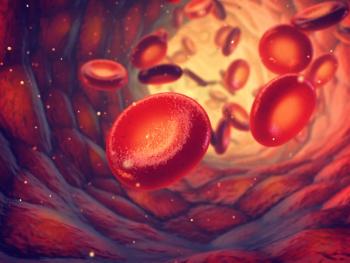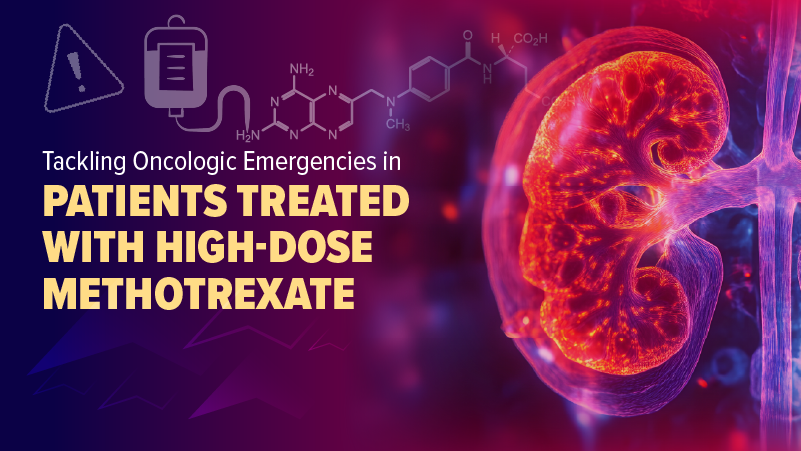
Final Results of Landmark Imatinib Study in CML Show Long-Term Benefit
The final, long-term analysis of the landmark IRIS study showed that imatinib’s efficacy persists over time in patients with CML, and no unacceptable late toxic or cumulative effects were observed.
The final, long-term analysis of the landmark IRIS study showed that imatinib’s efficacy persists over time in patients with chronic myeloid leukemia (CML), and no unacceptable late toxic or cumulative effects were observed.
Beginning well over a decade ago, the IRIS study found that imatinib yielded an 18-month complete cytogenetic response rate of 76.2%, compared with only 14.5% with interferon alfa plus cytarabine. As a result, most patients who had been randomized to interferon plus cytarabine crossed over to imatinib. “This trial fundamentally changed CML treatment and led to marked improvements in prognosis for patients,” wrote study authors led by Andreas Hochhaus, MD, of Universitätsklinikum Jena in Germany.
The IRIS researchers have now published the final analysis of the study. The trial enrolled 1,106 patients across 16 countries, with 533 initially randomized to each group. A total of 363 of the interferon alfa plus cytarabine patients (65.6%) crossed over to imatinib, so the final analysis focused on those randomized to imatinib treatment. The median follow-up duration was 10.9 years, and the results were
Among patients receiving first-line imatinib treatment, the 10-year survival rate was 83.3%; 260 patients (47%) were still receiving study treatment at 10 years. After accounting for participants with unknown survival status, the 10-year survival rate ranged from 64.4% (if all patients with unknown status had died) to 84.4% (if all were still alive).
Though the high rate of crossover precluded a direct survival comparison, the researchers calculated a hazard ratio of 0.74 for mortality in favor of imatinib (95% CI, 0.56–0.99; P = .04).
In total, 38 patients in the imatinib group (6.9%) experienced progression to accelerated phase or blast crisis during the trial, compared with 71 patients (12.8%) that were randomized to interferon alfa plus cytarabine. At the end of the trial, the cumulative rate of major cytogenetic response with imatinib was 89%, and the rate of complete cytogenetic response was 82.8%.
Serious adverse events related to imatinib were most common in the first year of treatment. Fifty-one patients (9.3%) had a serious adverse event, most commonly abdominal pain. Serious cardiac events of any cause were seen in 39 patients (7.1%), and second neoplasms (malignant or benign) were reported in 62 patients (11.3%). There were no new safety signals that emerged since the 5-year analysis.
“The ability of imatinib to reduce rates of disease progression and CML-related death (and the resulting increase in the rate of overall survival) has made it a model for targeted cancer therapy,” the authors wrote. In the time since this trial began, new tyrosine kinase inhibitors have become available, and there are now multiple options for first-line CML therapy. Despite some unanswered questions owing to the long time frame and high crossover rate, “the long-term results presented here highlight the clinical benefits observed in patients with CML over the past 15 years.”
Newsletter
Stay up to date on recent advances in the multidisciplinary approach to cancer.

















































































